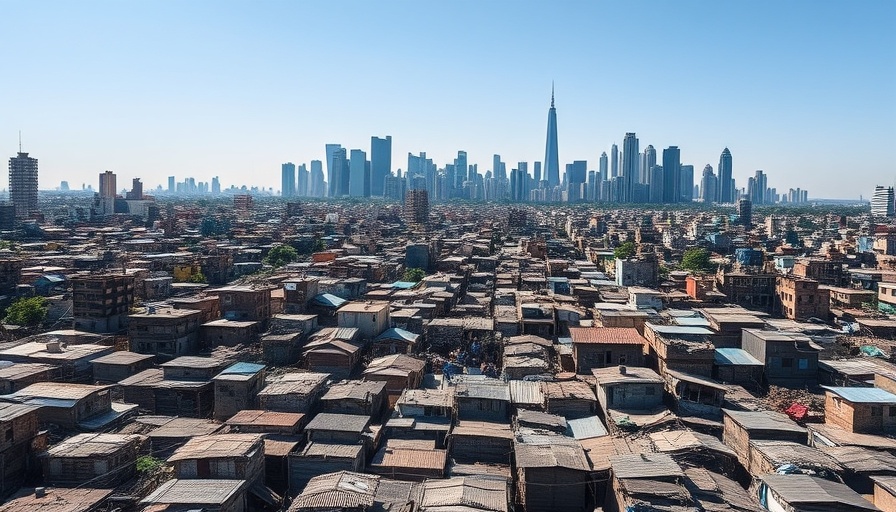
Can Ending Global Poverty Go Hand-in-Hand with Climate Goals?
In an era where climate change looms larger than ever, the recent research led by Jarmo Kikstra from the International Institute for Applied Systems Analysis (IIASA) delivers an optimistic message: ending global poverty does not have to conflict with climate goals. Rather, it's entirely possible to advance both simultaneously, offering a new horizon for policymakers and activists alike.
The Research: Striking the Balance
The study employs the innovative DESIRE model, which evaluates energy scenarios aimed at aligning with the Paris Agreement and the Sustainable Development Goals (SDGs). It impressively reveals that implementing sustainable development scenarios could drop the number of people lacking basic energy needs by over 90%. This substantial progress is distinctly faster compared to if we continued with current energy trends. This critical finding encourages a conversation about how sustainable practices can indeed uplift living standards while nurturing the planet.
Why Sustainable Solutions Matter Now
As Shonali Pachauri, a co-author of the study, highlights, efficiency, growth, and reducing inequality are vital for ensuring that everyone has access to essential resources. This perspective underscores the importance of building services tailored to communities that need them. It also reminds us of the intrinsic link between health, education, and energy accessibility. Essentially, by addressing the basic energy needs of populations, we pave the way for improved standards of living.
Future of Global Development: Practical Insights
The findings suggest a bright future where energy consumption is responsible and sustainable. For low-income countries, it highlights the necessity of international support and appropriate development strategies to bridge the gap. This could lead to growth rates that far exceed historical averages, realigning the narrative about energy consumption in developing economies. Instead of viewing sustainability as a tradeoff with poverty alleviation, we can envision it as an integrated pathway towards global equity.
Moving Forward: Practical Applications for Local Economies
For homebuyers, sellers, and property investors, these findings have profound implications. Sustainable practices lead to significant energy savings and lower operational costs in the long run. Integrating eco-friendly materials and energy-efficient designs in property investments not only aligns with global goals but also resonates with a growing market of environmentally conscious consumers. A home that embodies sustainability becomes an investment in both your future and the planet’s.
Final Thoughts: The Potential for Change
As we navigate these challenging times, the message is clear: we don’t have to choose between ending poverty and achieving climate goals. The two can coexist beautifully, driving us toward a future supported by equitable energy distribution, sustainable practices, and improved living conditions for all. It’s a vision that requires our collective effort but brings with it the promise of a better world.
Take a moment to reflect on how your choices—whether in property investment or personal lifestyle—can contribute to this larger narrative. We are at a turning point where your actions today can lead to a sustainable and equitable tomorrow.
 Add Row
Add Row  Add
Add 





Write A Comment